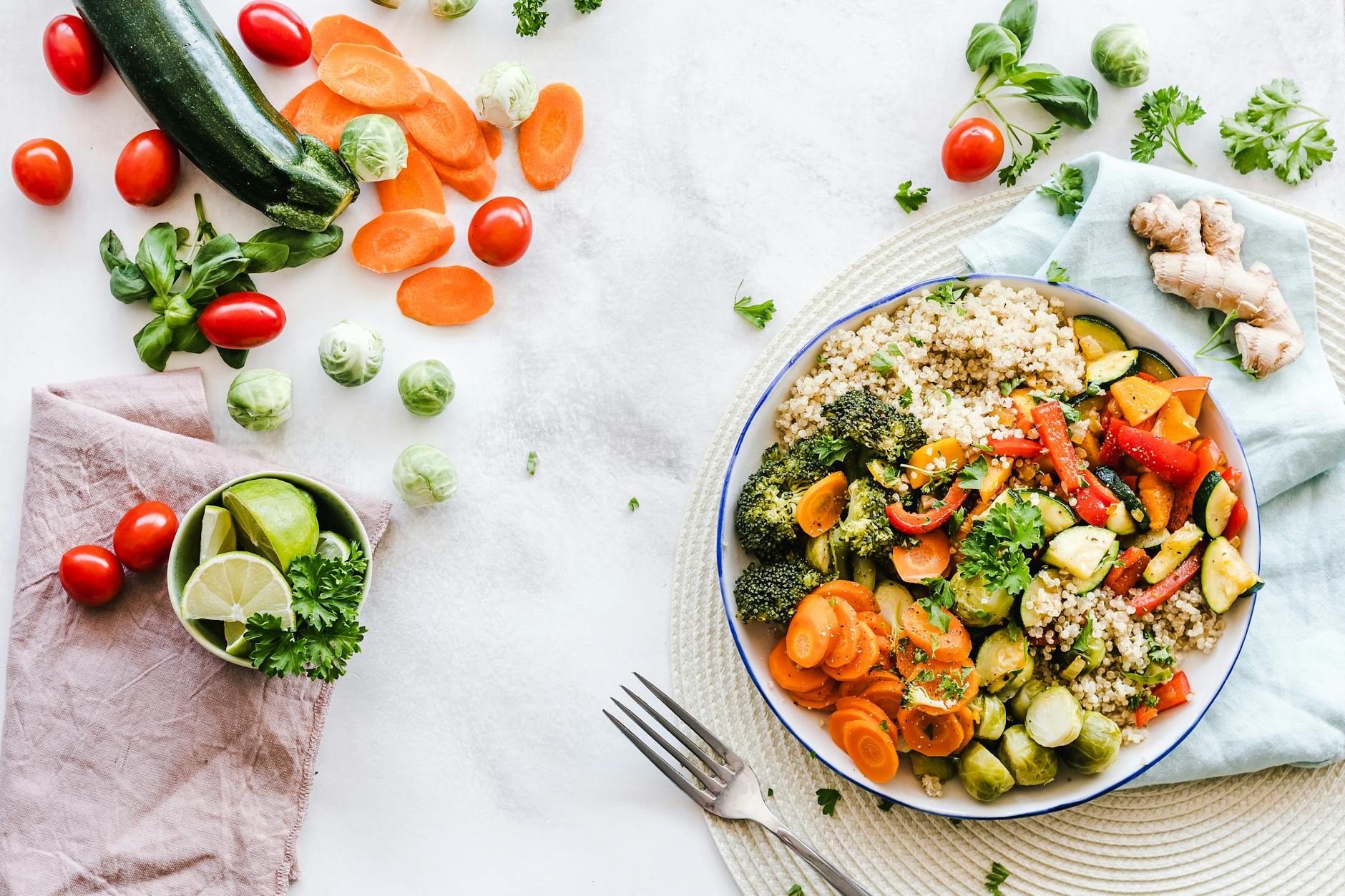Chances are you’ve heard the term Paleo before, and likely used in close association with Cross Fit.
Paleo, short for Paleolithic, is a term that refers to a specific type of diet or eating style. The Paleolithic
era, also known as the Stone Age, was a time in which primitive people (cave men) lived as hunters and
gatherers. Their diets consisted of whatever animals they could kill or food they could gather. So this
essentially means any foods that are in their rawest or truest form and available in nature.
Think back to history class and images of cavemen‐ lean, athletic, muscular. I think it’s safe to say if cave
men sat around eating Oreos off of golden trays, their bodies would be more like what we see in the
general population in our world today. So there’s got to be something about what they were doing that
worked, right? This is where Paleo diet advocators derive their argument for why it works. They believe
our bodies were physiologically created to be able to properly digest and derive energy from the original
foods our ancestors ate. But with the incorporation of farming and agriculture, grains were now being
grown in abundance and disease risks increased along with the crop. The work required to obtain food
has diminished incredibly over the past hundreds of thousands of years.
This “diet” isn’t ‘just for people looking to shed some pounds‐ it’s for anyone who just wants to feel and
operate better. Those who practice the Paleo diet see a plethora of health benefits as a result.
Increased vitamin, mineral & antioxidant consumption
Improved blood sugar control
Improvements in cardiovascular health (triglycerides, cholesterol, blood pressure)
Natural detox for the body
Better sleep
Weight loss
For those of you who are not fans of calorie counting or macro tracking, the Paleo diet has an
advantage. While you certainly can track these things if you wish, they aren’t essential for weight loss. If
you eat only Paleo‐approved (nuts, fruits, eggs, grass‐fed meats, healthy oils, vegetables), you are
constantly putting healthy and nourishing foods into your body. These foods aren’t the ones causing our
worldwide obesity and disease‐ridden epidemic‐ processed foods (read: sugar) are.
Whether you think the Paleo diet sounds great or not, it’s hard to argue against eating natural,
unprocessed foods. After all, our world wasn’t slowly killing itself until we started walking down
supermarket aisles through barrages of processed goods. There’s a saying that history repeats itself.
Perhaps this time we ought to listen.



Comments
Post a Comment